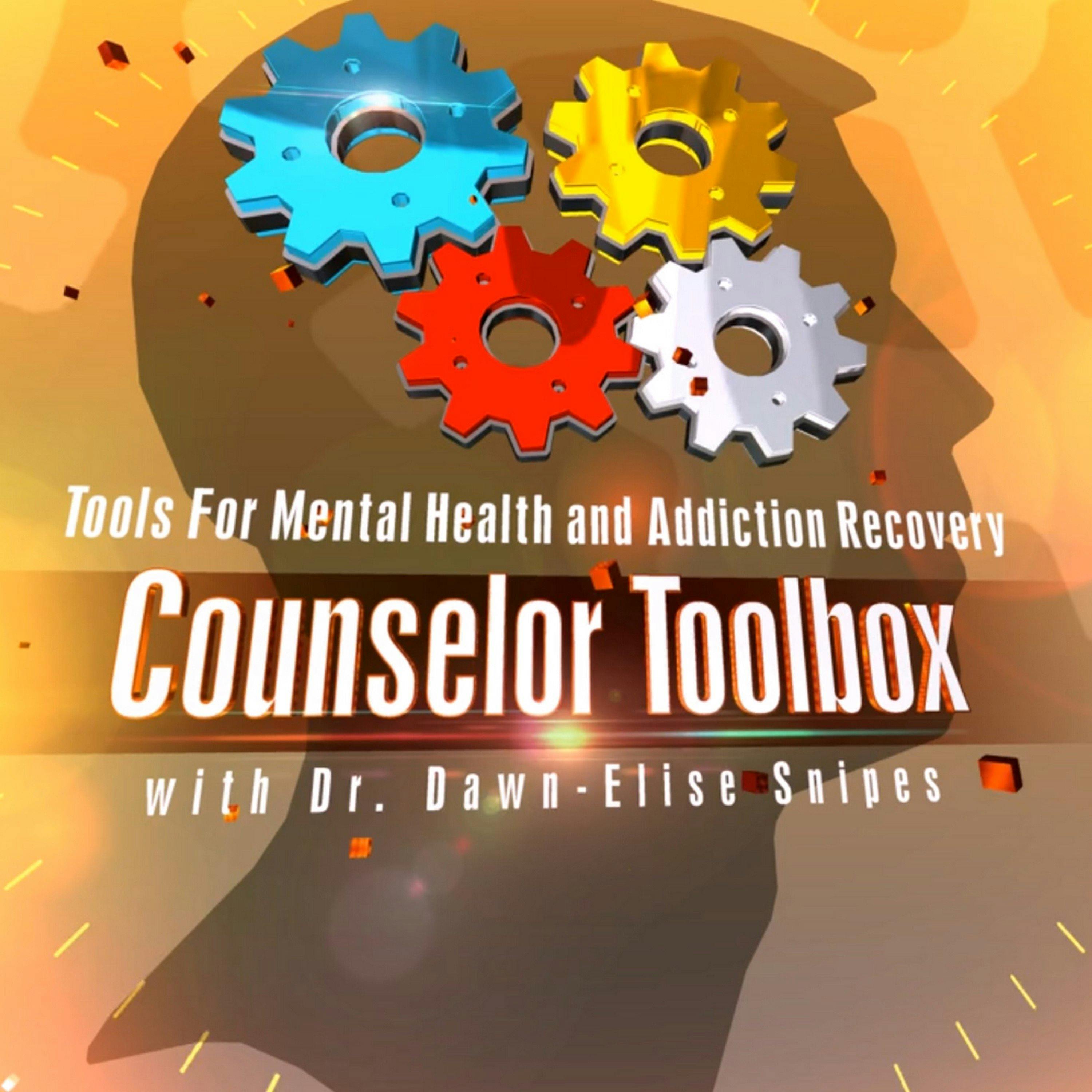Practical Tools to Support Those with Psychosis _ Counselor Training
Description
1. Introduction
2. Understanding Psychotic Symptoms
Symptoms Defined: Psychotic symptoms include hallucinations, delusions, disorganized behavior, and speech.
Associated Disorders:
3. Causes of Psychotic Symptoms
Breakthrough Symptoms: These can occur even in individuals who are generally functional.
Causes:
Unmedicated State: By choice or due to forgetfulness.
Medication Non-compliance: Due to side effects or difficulty maintaining a regimen.
Stress: A major trigger for acute episodes.
Medication Imbalances: Can be caused by dehydration, heat, dietary changes, weight fluctuations, and drug interactions (e.g., antibiotics, caffeine, nicotine).
Other Factors: Conditions like hypoglycemia, severe sleep deprivation, and chronic stress can exacerbate symptoms.
4. Strategies for Support
Medication Management: Ensuring compliance and adjusting for lifestyle changes.
Stress Reduction:
Identify stressors (physical, cognitive, emotional) and work to mitigate them.
Develop emergency plans to address prodromal symptoms (early signs of relapse).
Cognitive Behavioral Therapy (CBT) for Psychosis:
Typically more effective during remission than in acute episodes.
Focuses on reducing symptoms, distress, and interference with quality of life.
Techniques include relaxation training, graded exposure, scaffolding, and activity scheduling.
Environmental Modifications: Adjusting surroundings to minimize stressors and support daily functioning.
5. Recognizing and Managing Prodromal Symptoms
Prodromal Symptoms:
Chronic anxiety, mood swings, sleep disturbances, memory problems, social withdrawal, decline in hygiene, and inability to perform daily tasks.
Early Intervention: Recognizing these signs allows for early intervention to prevent full-blown episodes.
6. Addressing Hallucinations and Delusions
Safety and Reality Testing:
Initially, join the individual in their reality to establish safety.
Avoid arguing or reasoning with delusional beliefs during acute episodes.
Use CBT techniques to challenge and reframe delusions during remission.
Behavioral Strategies: Encourage comparison of their behavior to others, use of distraction techniques, and reinforcing positive behaviors.
7. Enhancing Functionality
Daily Living Support: Use lists, schedules, and guides to help individuals manage daily tasks.
Token Economies: Reward systems to encourage participation in therapeutic activities.
Environmental Prompts: Reminders and tools to support memory and task completion.
8. Cognitive and Executive Functioning
Support Strategies:
Break tasks into smaller components (chunking).
Minimize distractions and create structured environments.
Roleplay problem-solving scenarios.
Use alarms and reminders for medication and daily tasks.
Cognitive Behavioral Therapy (CBT): Applied during remission or prodromal phases to manage residual symptoms and improve quality of life.
9. Final Considerations
Relapse Prevention:
Continuous monitoring of stress levels and medication effectiveness.
Developing a strong support system and improving stress management skills.
Therapeutic Engagement: Ensuring clients feel safe and validated in discussing their symptoms.
10. Conclusion
Further Resources: Dr. Snipes mentions an upcoming on-demand class for more in-depth learning about CBT for psychosis.
Chapters:
00:00:00 - Supporting Functional Individuals with Psychotic Symptoms
00:06:51 - Factors Affecting Psychosis Management
00:13:38 - Managing Prodromal Symptoms and Breakthrough Episodes
00:20:25 - Understanding and Supporting Disorganized Behavior
00:27:09 - Token Economy and Motivational Enhancement
00:34:00 - Scaffolding for Learning and Cognitive Impairment
00:40:43 - Managing Hallucinations and Delusions
00:47:14 - Understanding the Pre-Delusional Beliefs
00:54:14 - Addressing Hallucinations and Delusions
01:00:58 - Understanding Cognitive Behavioral Therapy for Psychosis
Learn more about your ad choices. Visit m
More Episodes
Learn more about your ad choices. Visit megaphone.fm/adchoices
Published 11/21/24
Published 11/21/24
Introduction
Presenter: Dr. Dawn-Elise Snipes discusses helping families navigate life transitions using the Flower Empower Model.
The focus is on understanding how various transitions impact both individuals and families, emphasizing the importance of supportive partnerships between...
Published 11/19/24


